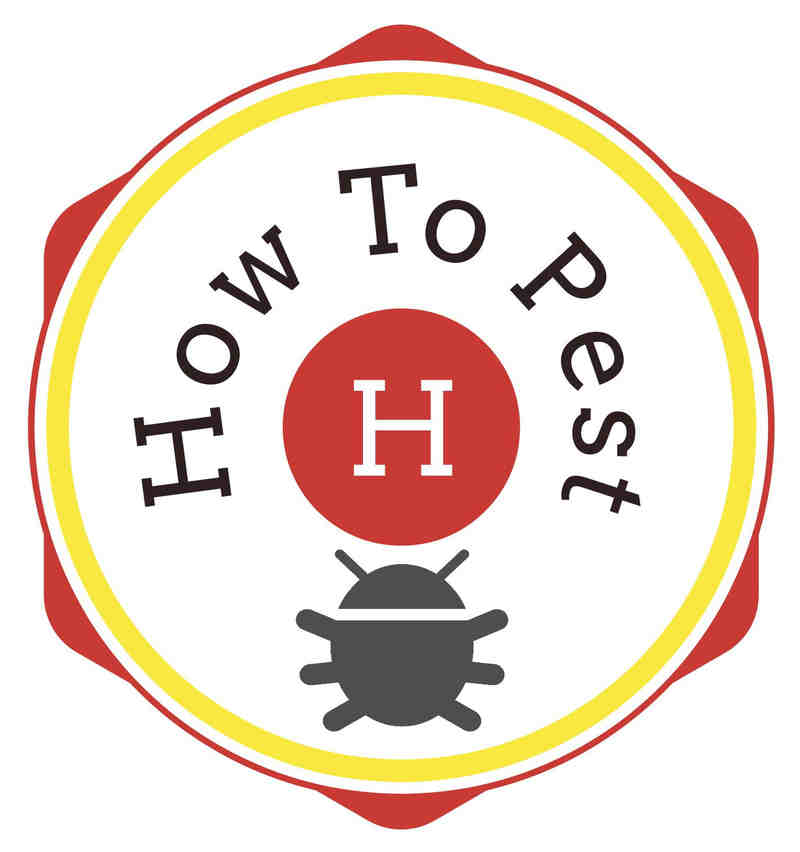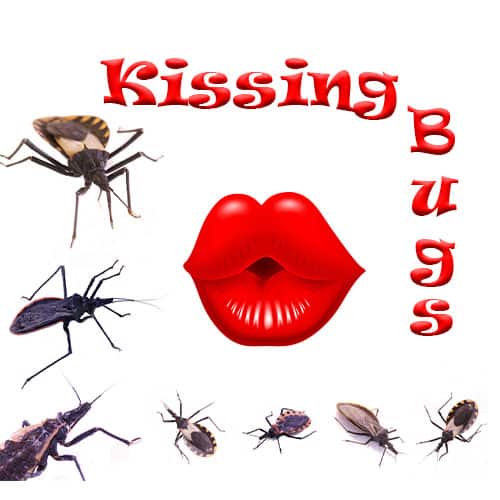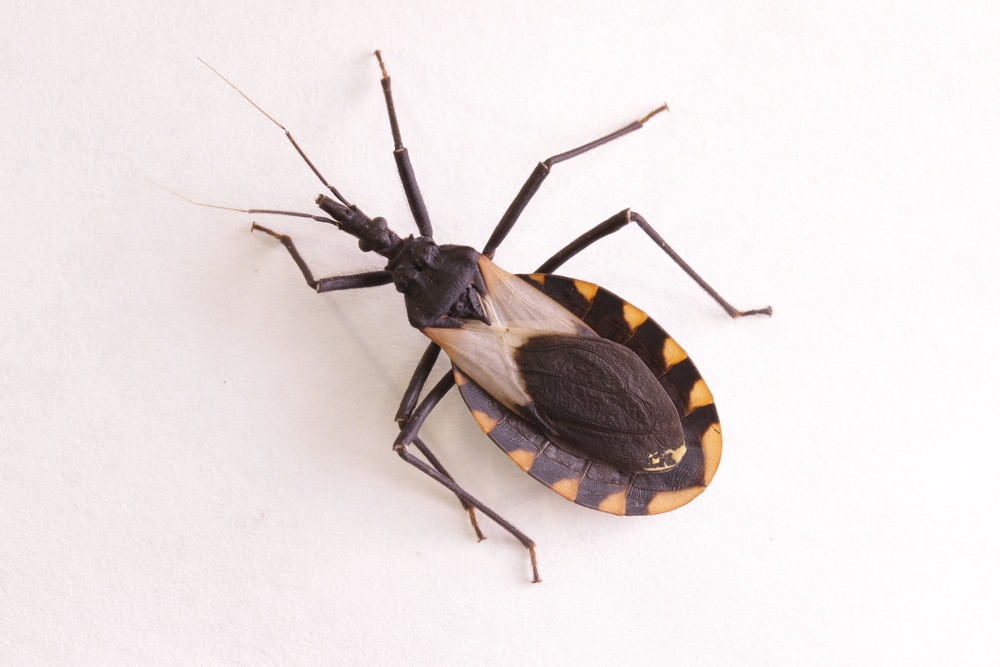When it comes to kissing, I am guessing the last thing that comes to mind is a nasty looking bug. It is definitely the last thing that comes to my mind. There is not a chance in heck that I’d want anything bug-like near my perfectly pouty, flawlessly glossed lips. But for some strange reason, someone somewhere had the brilliant idea to name these particular pests “Kissing Bugs.” Weird? Absolutely.
So, what are they? Kissing bugs are blood-feeding insects that live in the southern and western United States, as well as in Mexico and Central and South America. They have a cone-shaped head, a pear-shaped body, and thin, thread-like antennae and legs. Their body coloring ranges from black or dark brown with a fancy looking ring of red, orange, or yellow stripes along the edge. Fully grown adult kissing bugs range in size from ½ inch to over 1 ¼ inch but they are usually about the size of a penny.
Kissing Bugs, AKA…
Kissing bugs are also known as conenose bugs, bloodsuckers, chinches, and triatomine bugs. They need blood to live and usually get it from animals, including your beloved pets, FooFoo and FeeFee, but will also get this life-giving fluid from people. Kissing bug bites are generally not painful and are usually found around the neck, cheeks, and mouth. When seeking out their meals, they practice their best ninja skills and try to get in and out without being noticed. Sometimes it works, other times, not so much. I know that if a one inch-sized bug was making a buffet out of my neck and face, I’d notice. But that’s just me.
If you’ve got kissing bugs in your home – there’s a number of ways they could have gotten there. Crawl spaces, cracks in the foundation, windows, chimneys, cracks around doors, and hitchhiking on FooFoo and FeeFee are some of the ways. No matter where you find them, do not ever, and I am serious about this, do not ever, ever, ever touch a kissing bug with your bare hands. They are carriers of the Trypanosoma cruzi (aka T. cruzi and Chagas disease) parasite which can be found in their feces and on their bodies. If you accidentally rub the feces into a break in the skin you could become infected. Scratching a kissing bug bite can also introduce the feces into the body. Does anyone else think that is as nasty as I do? I thought so.
How To Get Rid of Kissing Bugs?
And now, the section you have all been waiting for: How do you get rid of kissing bugs in and around your house?
Time to put your big girl shorts on and get busy caulking all openings around utility lines, pipes, or cables, repair all damages found in the foundation, in screens, and in weather-stripping, and inspect FooFoo and FeeFee to make sure they aren’t carrying any unwanted guests in their fur. Additionally, if you have firewood, move the piles away from your house. Since kissing bugs are attracted to lights, the next time you are at a hardware store, have a gander at the light bulbs that are designed to not attract bugs. Pretty cool, huh? The final step in the process to rid your home area from kissing bugs is to protect your home with the products found HERE. At HowToPest.com, we have not only mastered the kissing game, we have also mastered the kissing bug game. Our highly trained technicians are available for advice on both!







